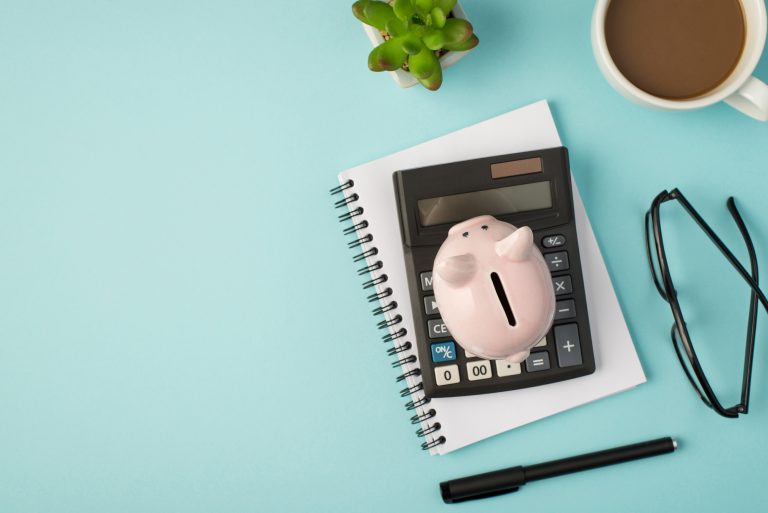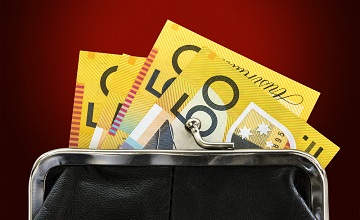The difference between a savings account and a term deposit
Depositing cash in a savings account or a term deposit are the most common ways to invest your money. But, how do you know which is right for you? First,…

Depositing cash in a savings account or a term deposit are the most common ways to invest your money. But, how do you know which is right for you? First,…

As geo-political tensions tighten in Ukraine, economies around the world are reeling from mounting energy prices, soaring costs of living and in a desperate attempt to bring down inflation, higher…

While retirement should be the best years of your life, many Australians make simple, avoidable mistakes with their finances that can leave them without the funds to really enjoy life….

There are three key components to a successful savings strategy. The first is some surplus cash; an amount of money you can regularly set aside in your quest to become…

Prior to COVID, we were steadily moving towards a cashless world. Post 2020, even the most resilient of us has made the leap to tap-and-go payments sooner than we expected….

Thousands of Australians receive tax refunds every year. Some refunds won’t even cover the cost of a pizza to celebrate, however many are quite substantial. If you’re one of the…
End of content
End of content